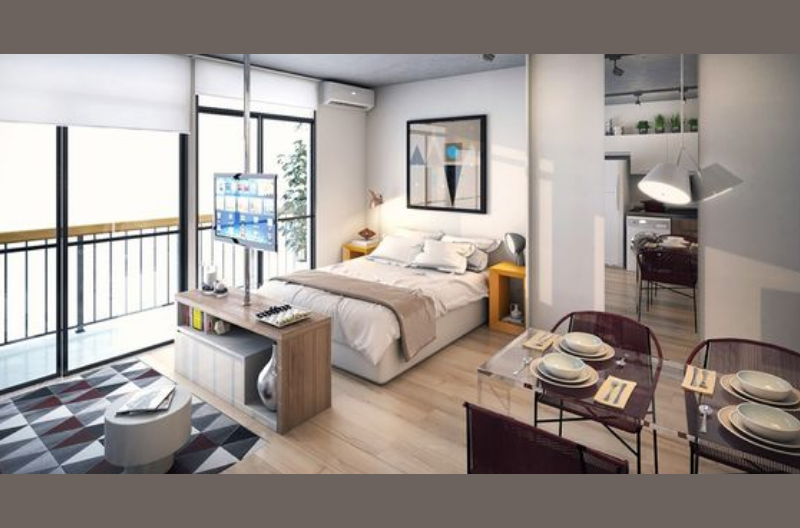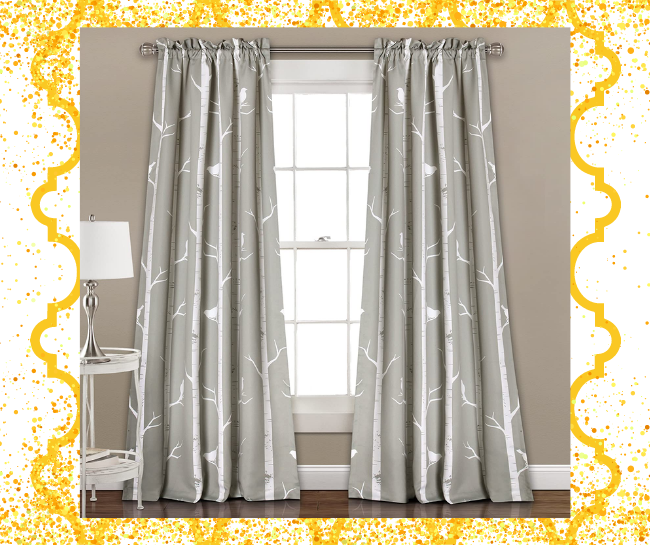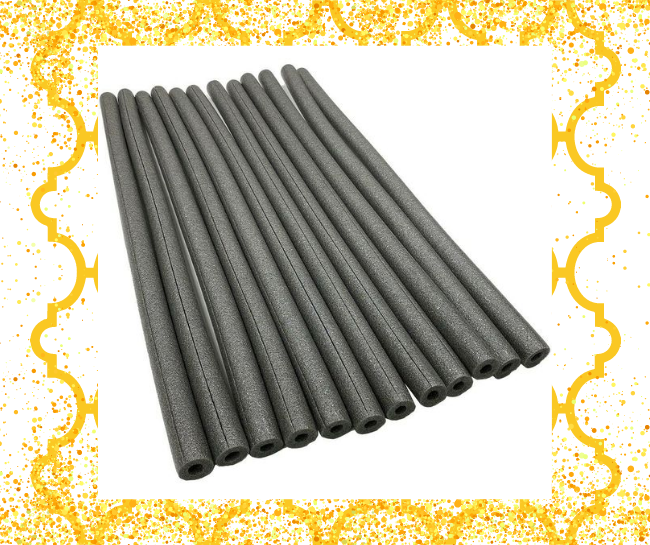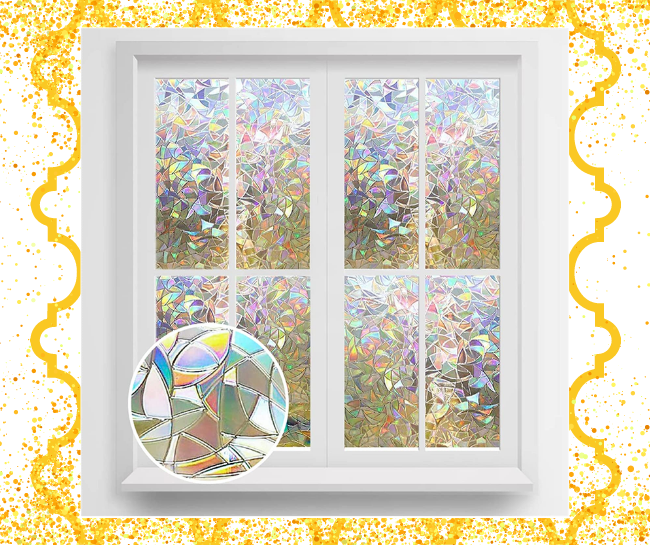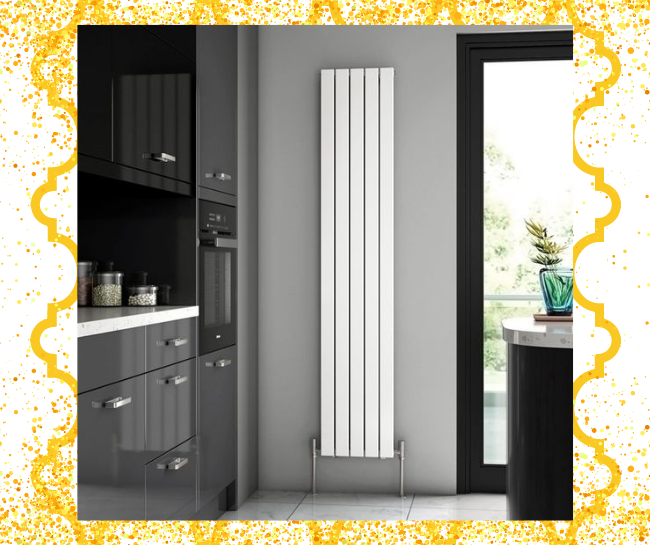It’s definitely freezing outside, and no one likes to step inside a cold apartment. However, there are instances when you don’t have that privilege. The cold might be unavoidable with drafty doors, windows, and poor insulation in the apartment. So, what do homeowners need? If this is the case in your place, a few easy methods can transform it from cold to warm. Try these easy ideas to warm up your apartment quickly.
How do you keep a poorly insulated house warm?

If you like your apartment to be a little warmer than the minimum temperature in your location, here are some tips to help make your place as warm as feasible.
- Make your doors draft-proof
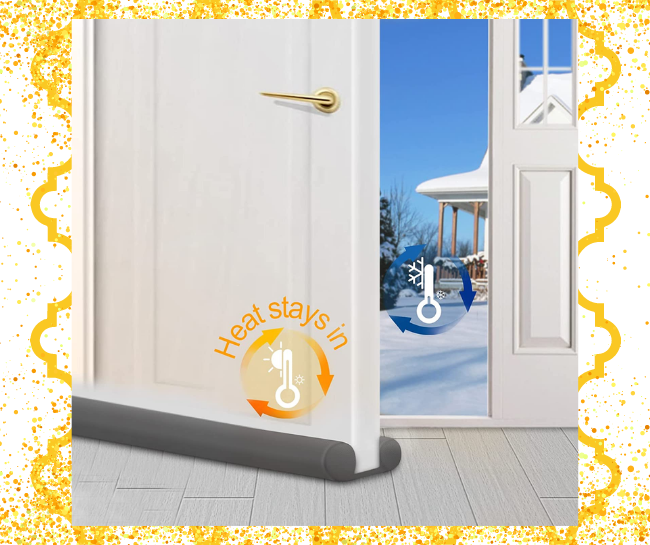
Maintain the cold air at bay and the warm air at bay. All you need is some weatherproof stripping around your outside doors. Applying a high-quality rubber weatherstrip not only closes gaps but also improves energy savings in your apartment. Draft stoppers are a simple remedy that may be made or purchased. If you prefer to build your own, make it six to ten inches wide, out of a durable cloth, and somewhat lengthier than your door frame. Also, it may be stuffed with dry grains or beans, clothes remnants, or pillow filling. Install one on your front door, veranda door, cellar door, or drafty closet door, if you have them. Furthermore, you may even place one at your bedroom door to make the space seem warmer at night.
⭐⭐⭐⭐”Very impressed with this under the door air blocker. I was very happy with all of the extras that made putting this together that much easier and more secure.“-Fran Coleman
- Hang thermal curtains on windows
Allow the sun to warm your apartment by lifting your curtains throughout the day. Hanging thermal curtains should be lowered at night to keep heat in. Hanging thermal curtains is another simple approach to protect heat from fleeing your apartment via broken windows. They are composed of thick, heavy cloth with a liner to prevent air from passing through. They work so effectively that they might help you save money on your heating bill. Additionally, the best thing about thermal curtains is that they are not too costly and available in various patterns and colors to complement any décor.
- Cover hot water pipes
Insulated sleeves wrapped around your water pipes may drastically reduce the time it takes to reheat the water and possibly prevent the pipes from freezing. In addition, by wrapping a cylinder jacket over your water tank, you may limit heat loss and save money on your gas cost.
- Turn on a space heater
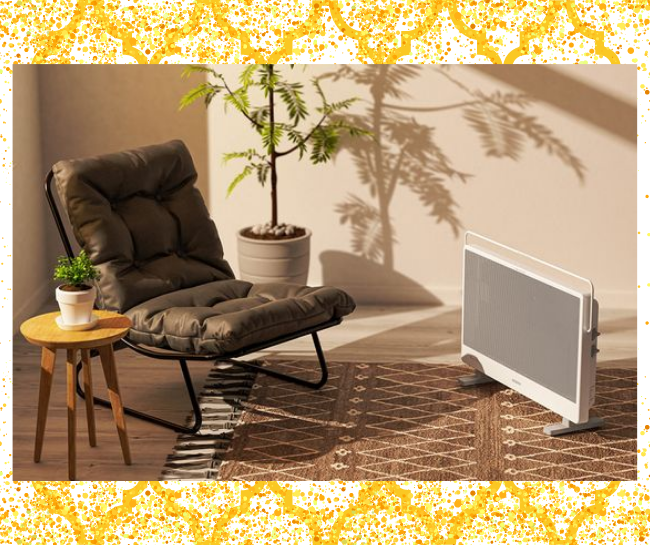
If you have poor insulation in an apartment, of course, you may always use a stand-alone heat source, such as a space heater. Just remember two crucial rules: make sure the heater space stays at least three feet away from everything possibly flammable, and only use it while you’re in your apartment and awake. Opt for devices with safety mechanisms like automated shut-offs, secured coils, anti-tip designs, and timers as an extra precaution. Furthermore, they are ideal for tiny spaces such as bedrooms. But, since most of them are powered by energy, using one of these too often can increase your utility cost.
How were homes heated in the 1940’s 🤔?
🔔 According to the U.S. Census, 75 percent of homes still used wood or coal as their primary heating fuel in 1940.
- Put carpet as your flooring
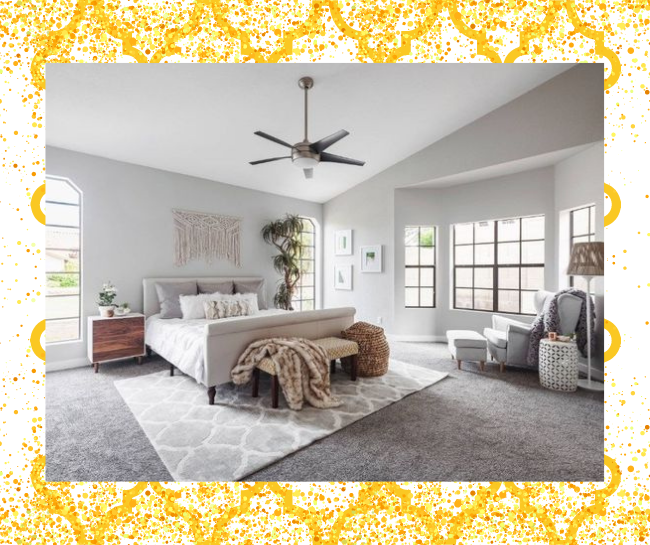
A lack of insulation within floors contributes to around 15% heat loss. Therefore, cover the apartment flooring with an area rug or carpet for extra coverage. As an added advantage, a little comfort underneath will keep your toes warm while you stroll about. You probably have carpets in your living room, but don’t forget about the bathroom and kitchen. Carpet grips can assist in keeping them in position on slick surfaces like tile and wood.
- Set your fan to reverse

Most individuals believe that fans help them stay cool; however, they may also keep you warm. When you turn your ceiling fan in reverse, warm air from your heater or ventilation will be pushed downward, countering heat’s natural propensity to rise. This also aids in the uniform distribution of warm air around the space. Just leave the fan on the lowest heat and ensure it’s set to reverse.
- Consider installing window films
When put on windows, window film can successfully keep the heat indoors during the winter. Installing window film is one of the most cost-effective and energy-efficient strategies to improve home temperature management. It works similarly to batt insulation but solely for windows. Moreover, the window film gives an additional layer of security against the outside cold while preventing heat from leaking through the window frame. It’s a smart purchase for your apartment’s lower-cost windows.
- Set up radiator panels
Instead of letting the heat from your radiators bounce off your walls and spread in all directions, choose a specific spot where you want the heat to be most noticeable. This is readily accomplished by installing radiator panels on your roof. Do you want to raise the temperature of the area around you? Radiator panels heat up to 150 degrees Fahrenheit after five minutes of being turned on, quickly warming that particular region. You may save money by following these energy-saving home remodeling techniques.
Are panel radiators efficient 🤔?
Durability. Because panel heaters are less efficient than electric radiators, they must work harder to heat the same space making them less resilient. They also use moving parts like heating fans, which have a shorter lifespan than the static heating elements found in electric radiators. 😎
Thanks for reading! We would like to hear your thoughts and opinions, share them now 😎

